Contributor: Shreya Zaveri
Work and Life is a radio program hosted by Stew Friedman, director of the Wharton Work/Life Integration Project, on Sirius XM’s Channel 111, Business Radio Powered by Wharton. Every Tuesday at 7 pm EST, Stew speaks with everyday people and the world’s leading experts about creating harmony among work, home, community, and the private self (mind, body, and spirit).
On Work and Life Stew Friedman spoke with Deborah Epstein Henry, Co-Founder and Managing Director of Bliss Lawyers and President of Flex-Time Lawyers and co-author of Finding Bliss: Innovative Legal Models for Happy Clients and Happy Lawyers.
The following are edited excerpts of their conversation.
Stew Friedman: How do law firms differ from the typical work environment when it comes to integrating work and life?
Deborah Henry: 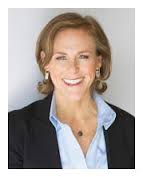 The biggest differentiator is the billable hour. It means that people who are looking for more balance in their lives often can’t compete for advancement. Law firms gain revenue by increasing billable hour rates or amount of billable hours. Expectations for more billable hours get ratcheted up and so billable hour drivers are a point of distinction between law and other industries. At the same time, there is the advantage of billable hours: the firm generates the same revenue from wherever you bill, and so firms can capitalize on that flexibility. However, most firms are reluctant to take on that flexibility of location to maximize employee satisfaction. They’re mostly worried about losing control of their workforce. There’s a certain pressure that exists in the workplace environment where everyone is worried that the person next to them is generating more billable hours for the firm. When you eliminate that face-time culture, there’s a fear in law firm management that you’ll lose a key motivator for revenue generation.
The biggest differentiator is the billable hour. It means that people who are looking for more balance in their lives often can’t compete for advancement. Law firms gain revenue by increasing billable hour rates or amount of billable hours. Expectations for more billable hours get ratcheted up and so billable hour drivers are a point of distinction between law and other industries. At the same time, there is the advantage of billable hours: the firm generates the same revenue from wherever you bill, and so firms can capitalize on that flexibility. However, most firms are reluctant to take on that flexibility of location to maximize employee satisfaction. They’re mostly worried about losing control of their workforce. There’s a certain pressure that exists in the workplace environment where everyone is worried that the person next to them is generating more billable hours for the firm. When you eliminate that face-time culture, there’s a fear in law firm management that you’ll lose a key motivator for revenue generation.
SF: I know that you’ve been working on the issue of value-based billing. How does that affect the structure of law firm compensation and pricing?
DH: Since 2008, general counsels of companies have a lot more leverage and are putting pressure on law firms to demonstrate value other than by number of hours logged. It’s driven by the client and global competition. The idea that value could be measured in some other way that hours is increasingly a compelling argument in the legal profession. In Finding Bliss, we talk about the Value Measure, which has three components: the quality of the work, the efficiency, and the results achieved. With those three factors in mind, you can be deliberate in creating value for the client, and it’s taking law firms from the billable hour cycle to measuring value as their clients do. I would say about 30% of the revenue generated from firms is typically generated through alternate value measures. The predominant method, however, is still billable hours.
SF: You also talk about how the very architecture of work is a competitive advantage for some firms that are eliminating the traditional office layout.
DH: That’s right, it’s about being innovative with space. New models such as virtual practices with very low overheads are putting pressure on the traditional model which includes fancy offices and artwork on the walls. A traditional law firm has about a third of their overhead going to real estate. So if you can eliminate a third of the costs of the traditional law firm, you can be generous in terms of paying your employees or you can pass along significant savings to your clients.
I co-authored Finding Bliss with the two other founders of Bliss Lawyers, and we are founded on two innovations. First, our lawyers work at fortune 500 companies, but our internal team works remotely, so we have a no bricks and mortar infrastructure and can compete on costs. Second, we operate on a secondment model – that is, on temporary assignments. We are able to lend out lawyers to clients for the duration of the engagement, capitalizing on ways to diminish costs.
SF: It sounds like Bliss Lawyers is a catalyst for project-based employment.
DH: There have been contract workers in the legal profession for years, but this brings in people who are very well credentialed and trained who are making a choice about the way they want to integrate the practice of law with the rest of their life. This model works well for the person who wants to pick their engagement and have that kind of flexibility.
SF: Is there an element of risk in an engagement model? You don’t know where your next client is coming from. There’s also the lack of long term commitment from existing clients.
DH: To cover some of that, we are able to compensate our lawyers very handsomely. The engagements are longer than traditional projects, around a year, and sometimes convert to permanent engagements if the client wishes to bring them on full-time. It’s a way for lawyers to add to their experience and credentials if they want to transition into companies.
But there’s also the changing demographic of the people who are raising their hands for work-life engagement. Historically, it’s been the working mom. Now, we’re seeing senior lawyers, especially men. These are people at the other end of the arc of the careers now speaking about work-life engagement.
SF: “Bliss” is a wonderful word. And, as the introduction to your book notes, “bliss” and “lawyers” typically don’t get used in the same sentence. How are you helping lawyers find bliss?
DH: It really strikes us that so many lawyers are unhappy. A happy lawyer is a productive and profitable one. We talk about seven themes in the book: innovation, value, predictability and trust, flexibility, diversity and inclusion, talent development, and relationship building. There is opportunity for change and innovation for each of those seven themes.
We’re really trying to anticipate the changing needs of the legal profession and our clients. Happiness is not a luxury, it increases performance, retention, satisfaction and loyalty.
You can follow Debbie on Twitter @debepsteinhenry or visit her websites, blisslawyers.com and flextimelawyers.com.
Join Work and Life next Tuesday at 7 pm on Sirius XM Channel 111. Visit Work and Life for a full schedule of future guests.
About the Author
Shreya Zaveri  is a junior in the Wharton School studying Management and OPIM with an International Relations minor. She also serves as a vice president for the Work-Life Integration Project Student Advisory Board.
is a junior in the Wharton School studying Management and OPIM with an International Relations minor. She also serves as a vice president for the Work-Life Integration Project Student Advisory Board.
 You actually get some of the credit for that spark. I took your Total Leadership class. I was already working on upping my brain and I recognized that I was obese. I had already lost a lot of weight before I met you. I lost half the weight that I wanted to lose. It was interesting to understand that I needed to get my brain working right in order to get the spiritual and emotional things that we are capable of when we are performing really well. And what happened when I was in your Total Leadership class is that you encouraged a type of quantification, a measurement. I was focusing on my weight, how much was I eating, my IQ, my reaction time, and what I could do for those variables. But I never looked at investment return on the time and energy that I put into things. And it was your framework that said “if you’re spending a lot of energy in a particular area and you’re not getting results, maybe you shouldn’t do that.” And that made me start looking at how can I make this easier instead of just how can I get this done. It is that sense of ease and ability to not just do it with struggle and striving and just working really hard but to do it with a little bit of effortlessness and joy. That has become a big part of me becoming successful as a human being and bio-hacker.
You actually get some of the credit for that spark. I took your Total Leadership class. I was already working on upping my brain and I recognized that I was obese. I had already lost a lot of weight before I met you. I lost half the weight that I wanted to lose. It was interesting to understand that I needed to get my brain working right in order to get the spiritual and emotional things that we are capable of when we are performing really well. And what happened when I was in your Total Leadership class is that you encouraged a type of quantification, a measurement. I was focusing on my weight, how much was I eating, my IQ, my reaction time, and what I could do for those variables. But I never looked at investment return on the time and energy that I put into things. And it was your framework that said “if you’re spending a lot of energy in a particular area and you’re not getting results, maybe you shouldn’t do that.” And that made me start looking at how can I make this easier instead of just how can I get this done. It is that sense of ease and ability to not just do it with struggle and striving and just working really hard but to do it with a little bit of effortlessness and joy. That has become a big part of me becoming successful as a human being and bio-hacker.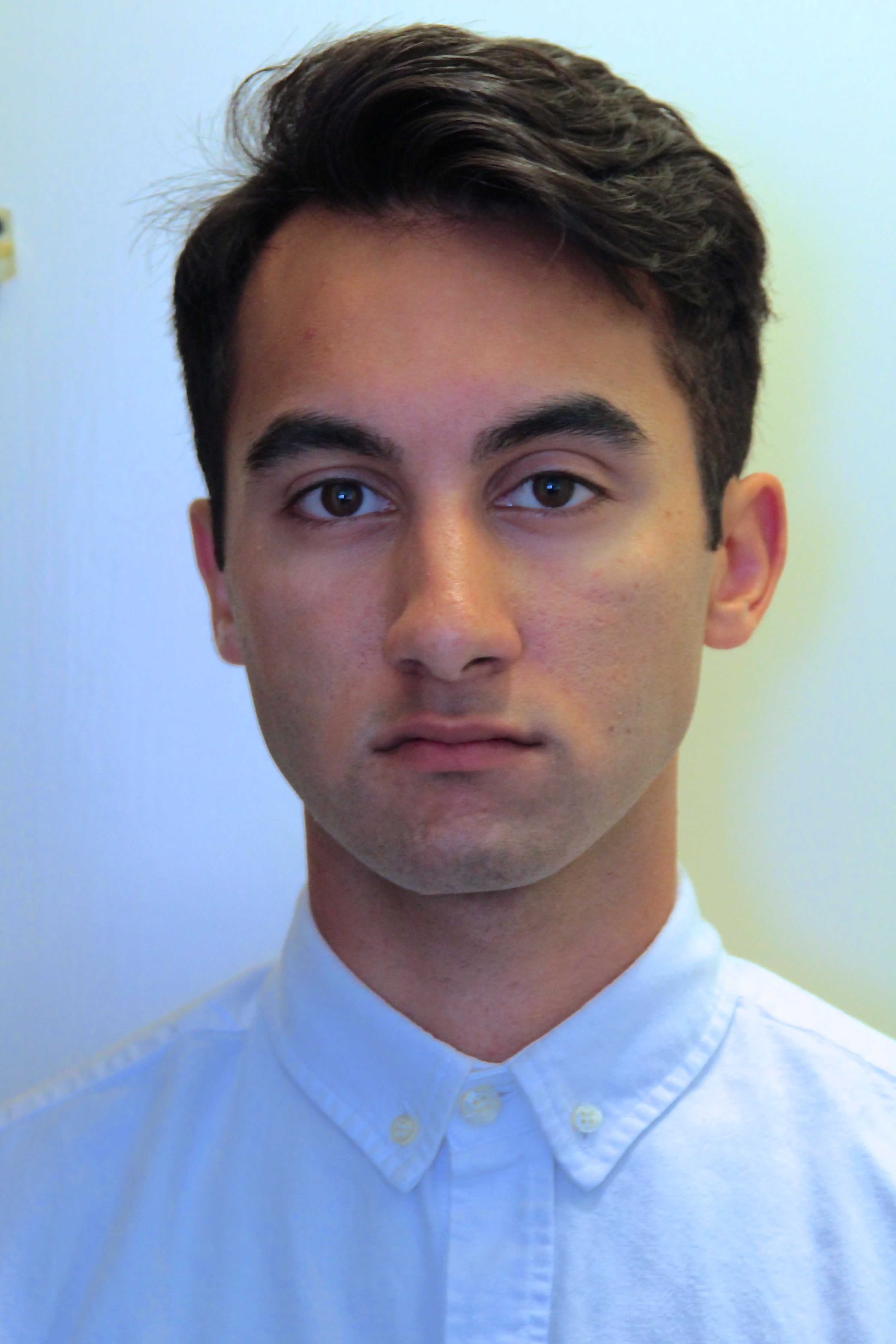 Singh is an undergraduate junior at the Wharton School.
Singh is an undergraduate junior at the Wharton School.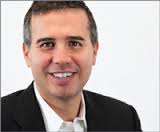 Let’s get into some examples. One that’s been fun at Vynamic is what we call “Zmail”. The Z stands for catching some z’s – catch some sleep. It’s an email HR policy at Vynamic where we ask that everyone on the team does not spend any time on email during Zmail hours — 10 p.m. to 6 a.m. Some people think that’s shocking – like how late 10 PM is and other people think what’s the big deal, shouldn’t we be sleeping then anyway? And the other big part of this policy is no emails over the weekend. Now if something urgent does comes up, we’ll take care of it by special exception and prior arrangement.
Let’s get into some examples. One that’s been fun at Vynamic is what we call “Zmail”. The Z stands for catching some z’s – catch some sleep. It’s an email HR policy at Vynamic where we ask that everyone on the team does not spend any time on email during Zmail hours — 10 p.m. to 6 a.m. Some people think that’s shocking – like how late 10 PM is and other people think what’s the big deal, shouldn’t we be sleeping then anyway? And the other big part of this policy is no emails over the weekend. Now if something urgent does comes up, we’ll take care of it by special exception and prior arrangement. is an undergraduate freshman in the Vagelos Program in the Life Sciences and Management at the University of Pennsylvania.
is an undergraduate freshman in the Vagelos Program in the Life Sciences and Management at the University of Pennsylvania. The FMLA was put into effect by President Clinton in 1993, and we’ve just done a new calculation estimating that the FMLA has been used over 200 million times during those last 22 years. Every use represents a mother or a father who was able to take care of a child, a son or daughter who was able to sit by the bedside of a dying or ill parent, spouses taking care of each other, or people taking care of their own serious health conditions and then being able to go back to work—sustaining themselves financially, being able to continue in the labor market, and supporting their families.
The FMLA was put into effect by President Clinton in 1993, and we’ve just done a new calculation estimating that the FMLA has been used over 200 million times during those last 22 years. Every use represents a mother or a father who was able to take care of a child, a son or daughter who was able to sit by the bedside of a dying or ill parent, spouses taking care of each other, or people taking care of their own serious health conditions and then being able to go back to work—sustaining themselves financially, being able to continue in the labor market, and supporting their families.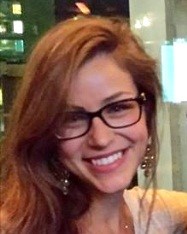 is an undergraduate senior in the Huntsman Program in International Studies and Business at Penn focusing on Management and Latin America.
is an undergraduate senior in the Huntsman Program in International Studies and Business at Penn focusing on Management and Latin America.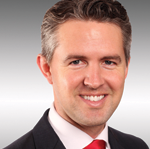 I was wounded in a helicopter crash near the Afghan-Pakistan border in 2004. I was a platoon leader for an army aviation unit. I was 25 years old, I had 25 soldiers and officers under my command, I was in charge of $25 million of equipment, and to top it all of, I was also in the 25th infantry division.
I was wounded in a helicopter crash near the Afghan-Pakistan border in 2004. I was a platoon leader for an army aviation unit. I was 25 years old, I had 25 soldiers and officers under my command, I was in charge of $25 million of equipment, and to top it all of, I was also in the 25th infantry division. is an undergraduate junior majoring in Operations and Information Management and in International Relations.
is an undergraduate junior majoring in Operations and Information Management and in International Relations.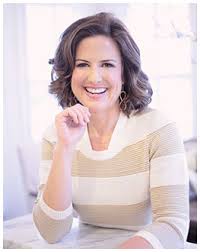 Folks were working really long hours and would not take time off from work on the weekends. When looking at senior leaders in an organization, they seemed dead. It was as if their souls had left their bodies. Looking back at that, it was a sign of extreme burnout, fatigue, and overwork. As I sat there with my first position out of college — wanting to be successful and climb the corporate ladder — I looked at the senior leaders and realized ‘I don’t want that.’ There had to be a better way to serve, add value, and contribute to an organization without burning myself and my team out. So how could I start to simplify and help folks be more productive without the expense of self?
Folks were working really long hours and would not take time off from work on the weekends. When looking at senior leaders in an organization, they seemed dead. It was as if their souls had left their bodies. Looking back at that, it was a sign of extreme burnout, fatigue, and overwork. As I sat there with my first position out of college — wanting to be successful and climb the corporate ladder — I looked at the senior leaders and realized ‘I don’t want that.’ There had to be a better way to serve, add value, and contribute to an organization without burning myself and my team out. So how could I start to simplify and help folks be more productive without the expense of self?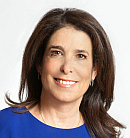 I enjoyed venture capital but it’s still very different to be an investor than to be someone who’s really driving a business. I missed that. And, at the same time, I was being sought out to do consulting projects because I knew a lot about interactive television from my experience at Americast. I started building teams, finding other independent professionals—many of whom worked at major consulting firms—and started helping clients who were coming to me solve their problems with these independent professionals. Before I knew it, I was one of the largest outside contractors to the Corporation of Public Broadcasting, doing a series of five projects all with different teams constructed of independent professionals. What they were saying to me was Boy, this is really interesting and unique. No one else is really doing this.
I enjoyed venture capital but it’s still very different to be an investor than to be someone who’s really driving a business. I missed that. And, at the same time, I was being sought out to do consulting projects because I knew a lot about interactive television from my experience at Americast. I started building teams, finding other independent professionals—many of whom worked at major consulting firms—and started helping clients who were coming to me solve their problems with these independent professionals. Before I knew it, I was one of the largest outside contractors to the Corporation of Public Broadcasting, doing a series of five projects all with different teams constructed of independent professionals. What they were saying to me was Boy, this is really interesting and unique. No one else is really doing this.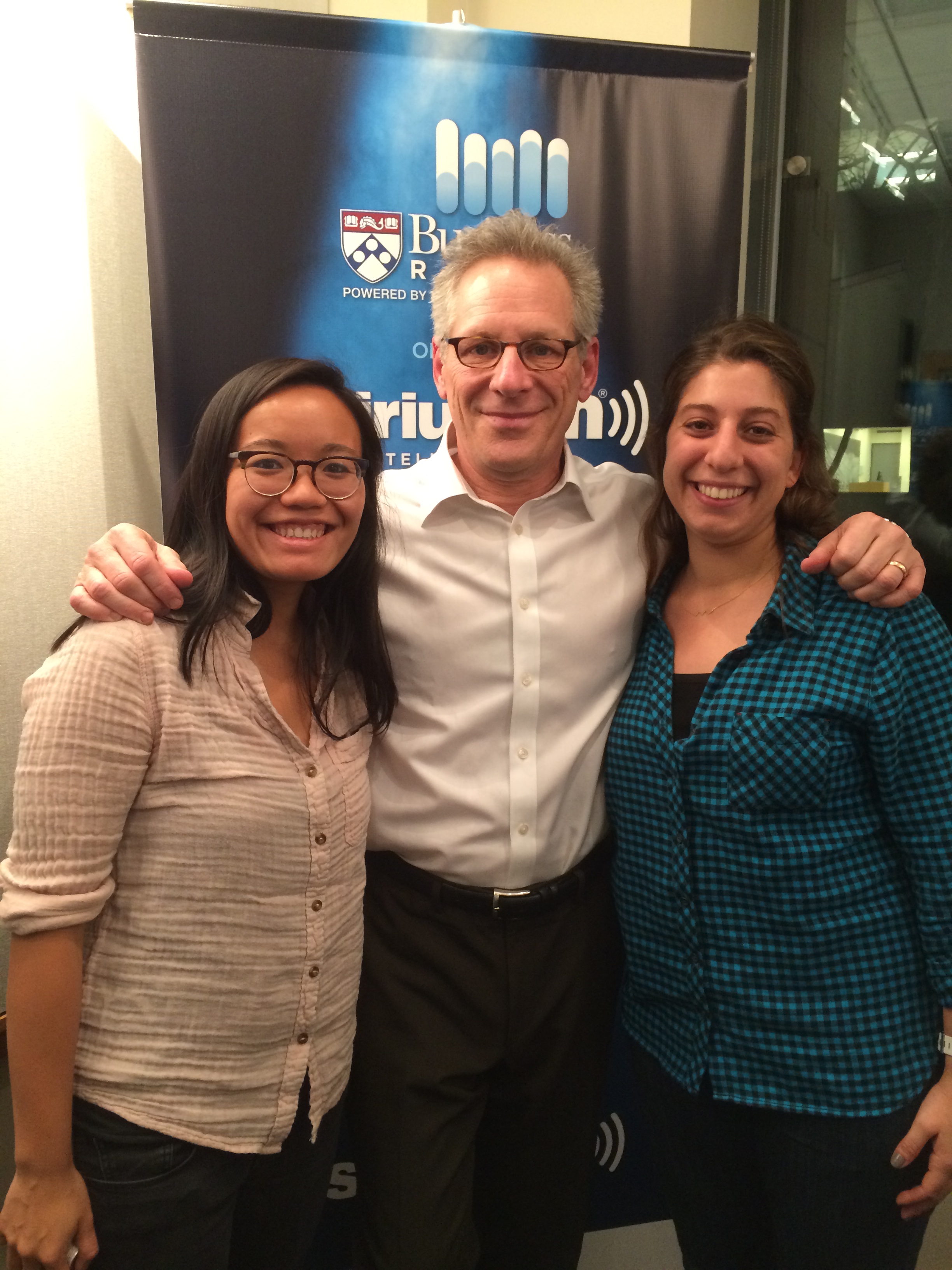 I think the main cost was not letting people understand what I was concerned about, what my interests were, and what I cared about. I spend a ton of my time working for LGBT communities in the non-profit space, but when I have to hide and say, “No, I have something later tonight,” “I have to run now,” and so on, people might think I’m wasting my time, getting my nails done, or going to the movies when really I am spending my time working on a cause I really care about. They don’t really get to see that side of me. Or, for example, if it’s my anniversary or Valentine’s Day, and I have to go to dinner tonight at 8, my boss might be pissed because he or she doesn’t understand why my leaving by 8 is so important. But I can’t really say I need to leave because it’s my second anniversary.
I think the main cost was not letting people understand what I was concerned about, what my interests were, and what I cared about. I spend a ton of my time working for LGBT communities in the non-profit space, but when I have to hide and say, “No, I have something later tonight,” “I have to run now,” and so on, people might think I’m wasting my time, getting my nails done, or going to the movies when really I am spending my time working on a cause I really care about. They don’t really get to see that side of me. Or, for example, if it’s my anniversary or Valentine’s Day, and I have to go to dinner tonight at 8, my boss might be pissed because he or she doesn’t understand why my leaving by 8 is so important. But I can’t really say I need to leave because it’s my second anniversary. That’s absolutely right—access to role models and mentors is directly correlated to women’s career success, even in case study form.
That’s absolutely right—access to role models and mentors is directly correlated to women’s career success, even in case study form. I was contemplating leaving architecture feeling that I had reached the glass ceiling. And up until that point, I had felt pretty invincible—that I could do anything, that there wasn’t really anything in my way. I was one of the lucky ones, but then, when I was starting to have kids, I felt the burden of trying to balance it all. The economic downturn and concerns about being able to get projects and being able to achieve a leadership position were on my mind. I found mentors that said, “You know you’ll overcome it. Don’t worry about it. Why don’t you go outside and share your experiences? I think that’ll give you some insight.” So I started looking into some of The Missing 32% symposiums before I got involved.
I was contemplating leaving architecture feeling that I had reached the glass ceiling. And up until that point, I had felt pretty invincible—that I could do anything, that there wasn’t really anything in my way. I was one of the lucky ones, but then, when I was starting to have kids, I felt the burden of trying to balance it all. The economic downturn and concerns about being able to get projects and being able to achieve a leadership position were on my mind. I found mentors that said, “You know you’ll overcome it. Don’t worry about it. Why don’t you go outside and share your experiences? I think that’ll give you some insight.” So I started looking into some of The Missing 32% symposiums before I got involved.